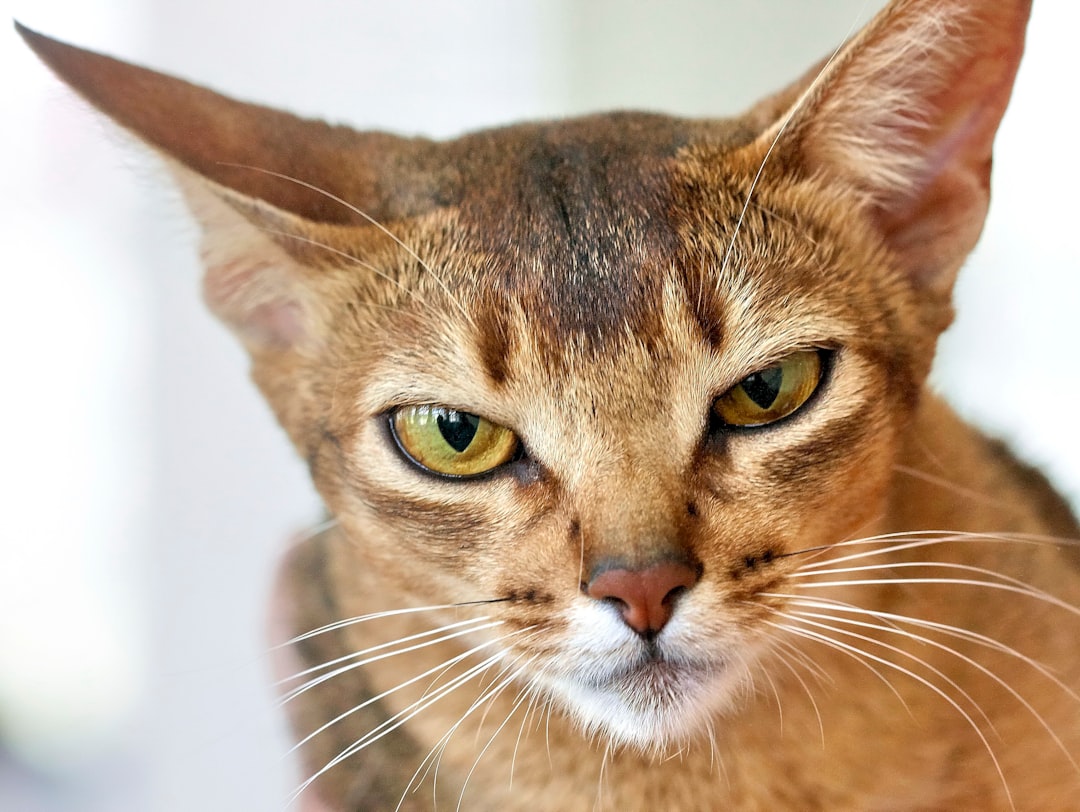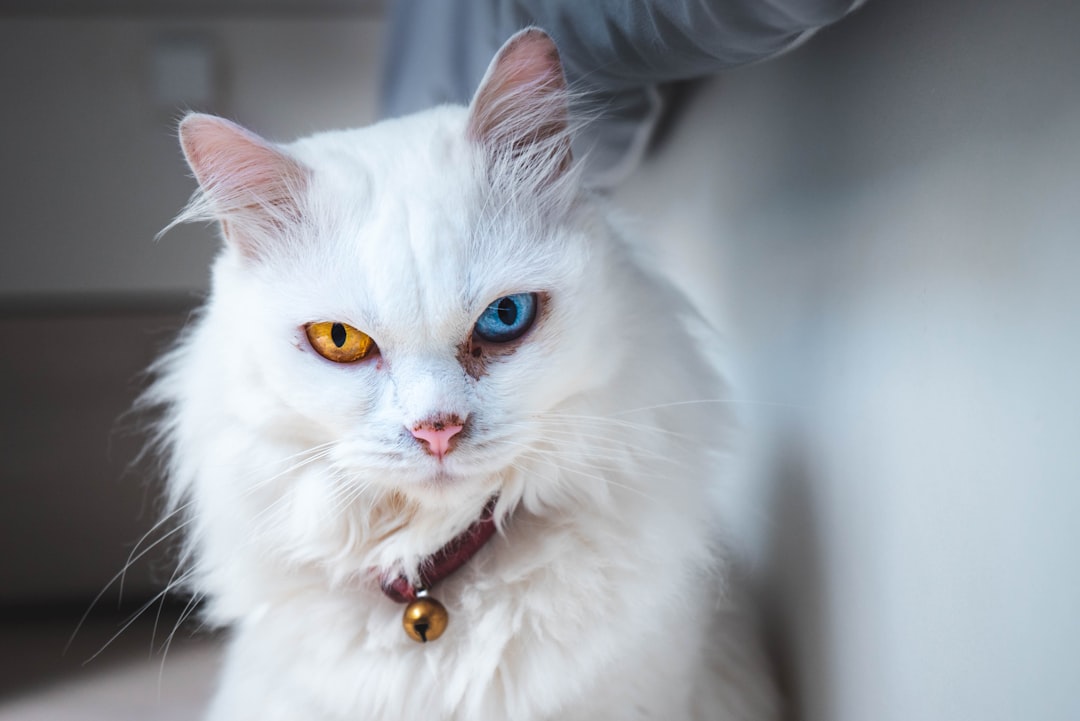Every cat owner knows that choosing the right meal for their feline friend can feel like navigating a maze—complete with dead ends and unexpected surprises. With a plethora of options, the world of cat food brands can be overwhelming. But fear not! Understanding your furry companion’s nutritional needs is the first step toward cat cuisine success. So, put on your detective hat as we unravel the essentials of cat food, ensuring your whiskered buddy gets the purr-fect diet tailored just for them!
Understanding Your Cat’s Nutritional Needs
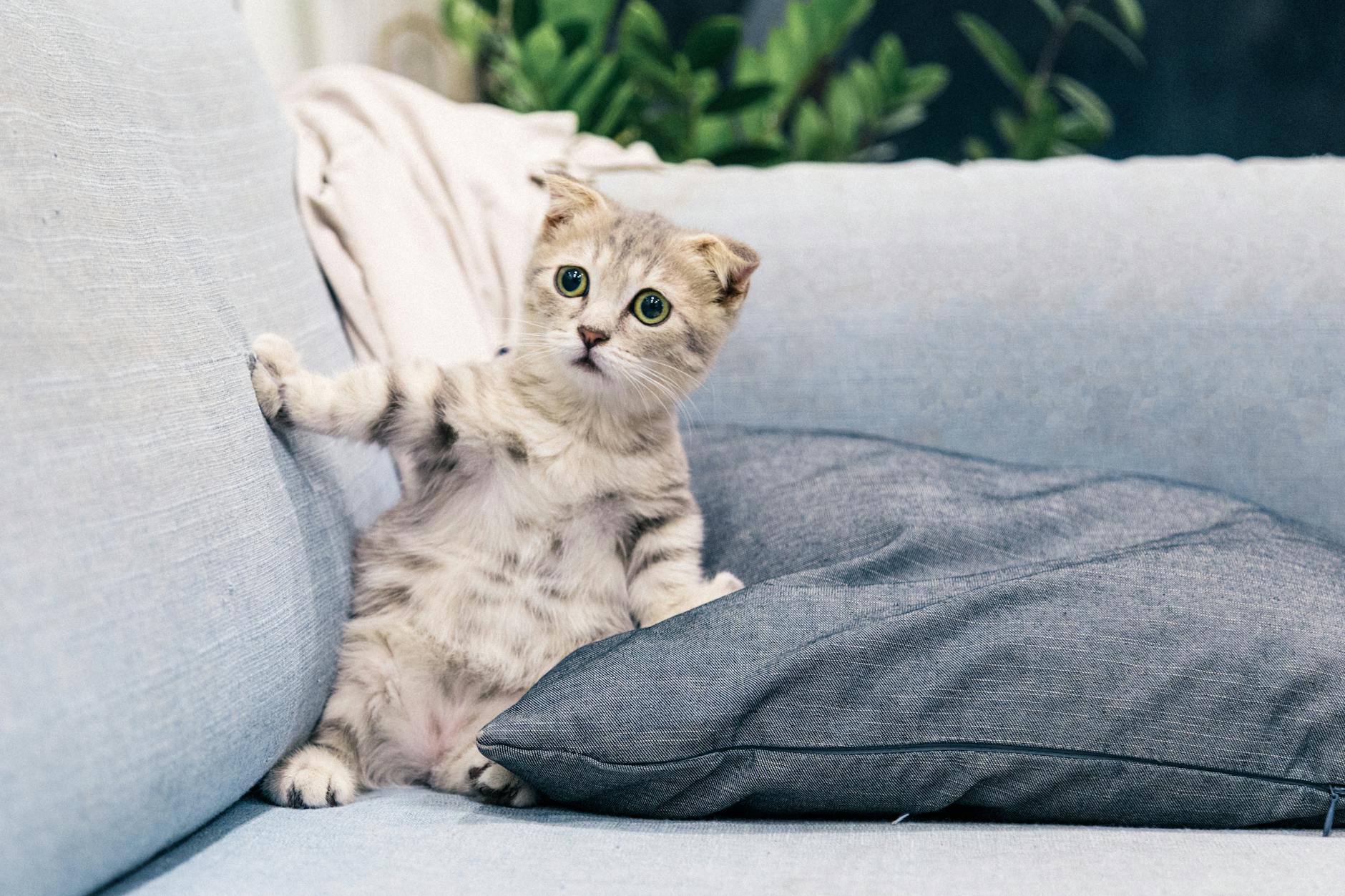
Ah, the enigmatic dietary whims of our feline friends! Understanding your cat’s nutritional needs is akin to deciphering the ancient scrolls of the cat kingdom. Fortunately, it doesn’t require a PhD in feline biology. Here are some key points to consider when exploring cat food brands:
- Protein Power: Cats are obligate carnivores, meaning they thrive on high-protein diets. Look for cat food brands that feature real meat as the first ingredient.
- Fat Factor: Healthy fats provide energy and keep that glorious fur shiny. Good sources include chicken fat and fish oil, so pay attention to those labels!
- Carbohydrate Caution: While not a cat’s best friend, carbs do sneak into many cat food brands. Opt for brands that keep them minimal.
- Vitamins and Minerals: Essentials like taurine (a fancy amino acid) and omega fatty acids are crucial for heart health and skin vitality.
- Hydration Needs: Cats often don’t drink enough water, so consider incorporating wet food into their diet.
By keeping these essentials in mind, you’ll navigate the pet food aisle like a pro, making informed choices amongst the myriad of cat food brands! Remember, your kitty will thank you with purring and perfect poops!
Factors to Consider When Choosing Cat Food
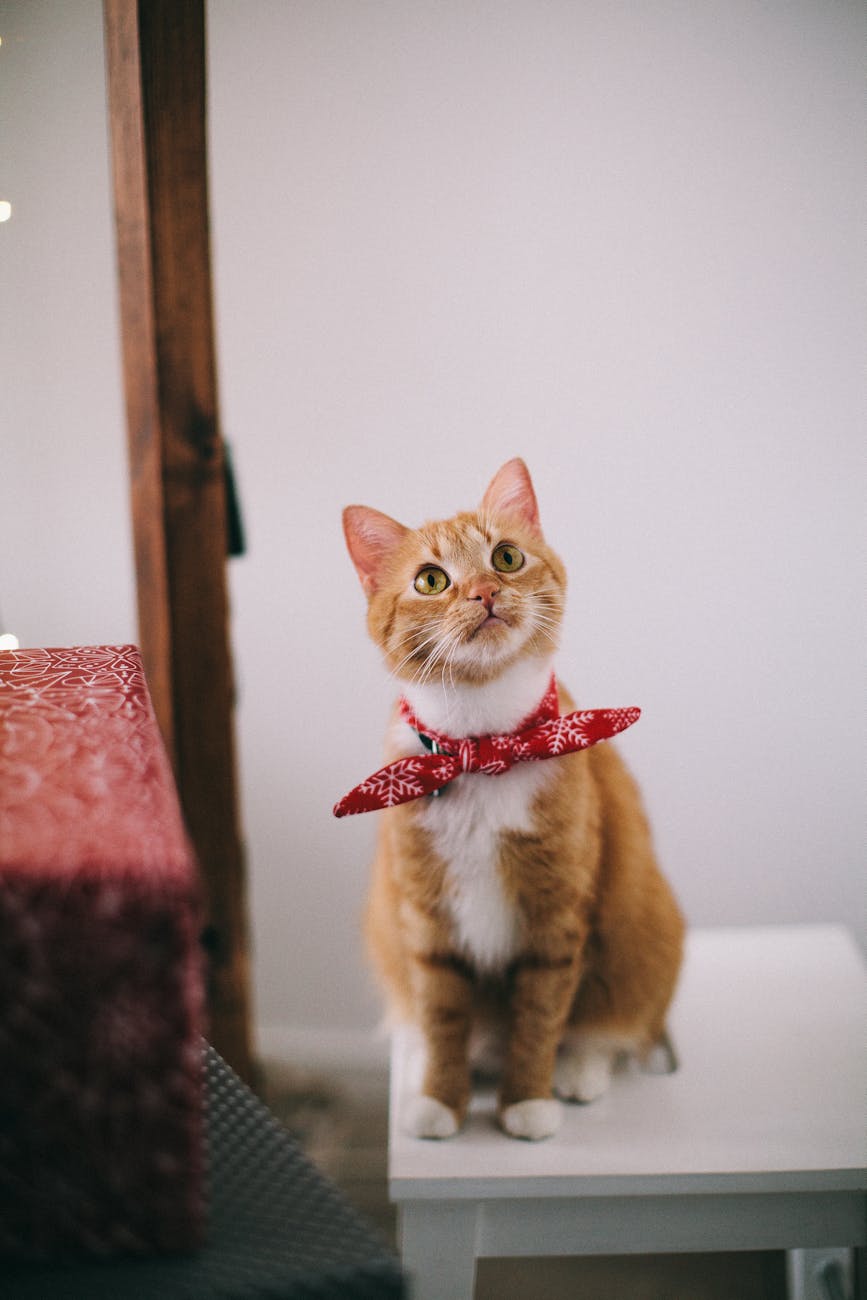
When it comes to selecting the perfect cat food brands, it’s not just a whisker-twitching endeavor. You want to ensure your feline friend is happy and healthy! Here are some purr-fect factors to consider:
- Age and Life Stage: Kittens crave different nutrients than adult cats or seniors. Choose accordingly!
- Health Conditions: Is your cat a picky eater or have special dietary needs? Look for brands that cater to these conditions, like veterinary-approved options.
- Ingredients: Opt for nourishing ingredients. Companies like Blue Buffalo and Wellness often feature real meats and wholesome grains. Look for:
- High protein
- Low fillers
- No artificial additives
- Wet vs. Dry: Some cats howl for wet food, while others prefer kibble. Mix it up, or settle on what they love!
- Brand Reputation: Stick with established cat food brands with positive reviews. Check out those who invest in quality testing—after all, you wouldn’t want a ‘cat-astrophe’ on your hands!
By weighing these factors, you can transform mealtime into a joyous cat experience instead of a tug-of-war!
Overview of Top Cat Food Brands
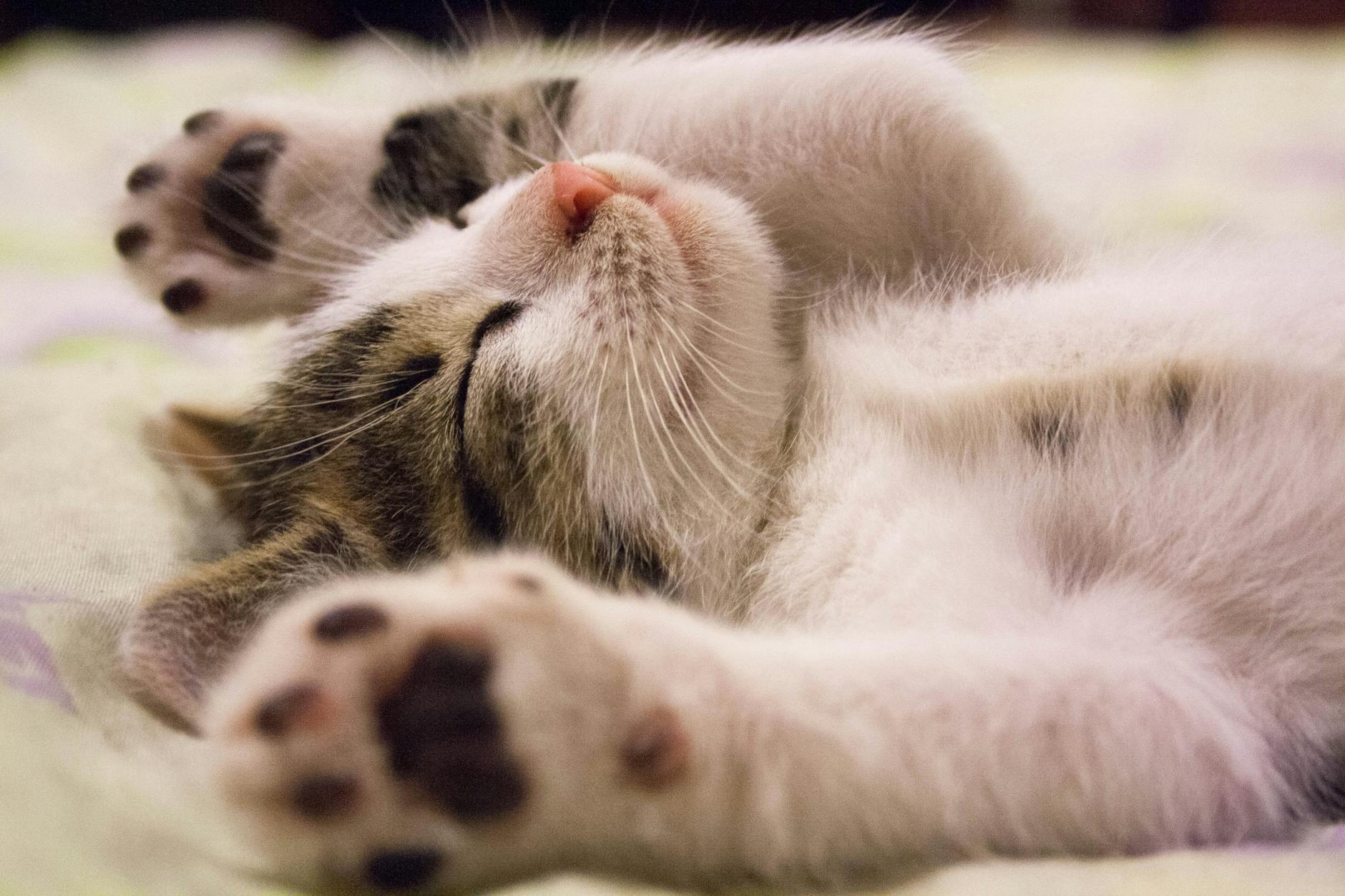
Navigating the maze of cat food brands can feel like an Olympic sport—intimidating, confusing, and fraught with temptations. But fear not, fellow feline aficionados! Here’s a quick rundown of some of the top contenders that have pounced into the hearts (and bowls) of cats everywhere:
| Brand | Type | Main Ingredients | Popularity |
|---|---|---|---|
| Purina Pro Plan | Dry/Wet | Chicken, Rice, Fish | ⭐⭐⭐⭐⭐ |
| Royal Canin | Dry/Wet | Various Animal Proteins | ⭐⭐⭐⭐ |
| Hill’s Science Diet | Dry/Wet | Chicken, Barley, Brown Rice | ⭐⭐⭐⭐ |
| Wellness CORE | Dry | Turkey, Salmon, Peas | ⭐⭐⭐⭐⭐ |
| Blue Buffalo | Dry/Wet | Deboned Chicken, Blueberries | ⭐⭐⭐⭐⭐ |
Key Points:
- Variety Matters: From wet to dry, each brand offers something unique.
- Ingredient Integrity: Look for brands that prioritize high-quality ingredients.
- Specialized Options: Whether your cat needs grain-free or sensitive stomach formulas, there’s a brand that fits the bill.
In short, while navigating cat food brands can get complicated, making an informed choice will leave your furry friend purring with satisfaction!
Wet vs. Dry Cat Food: Pros and Cons
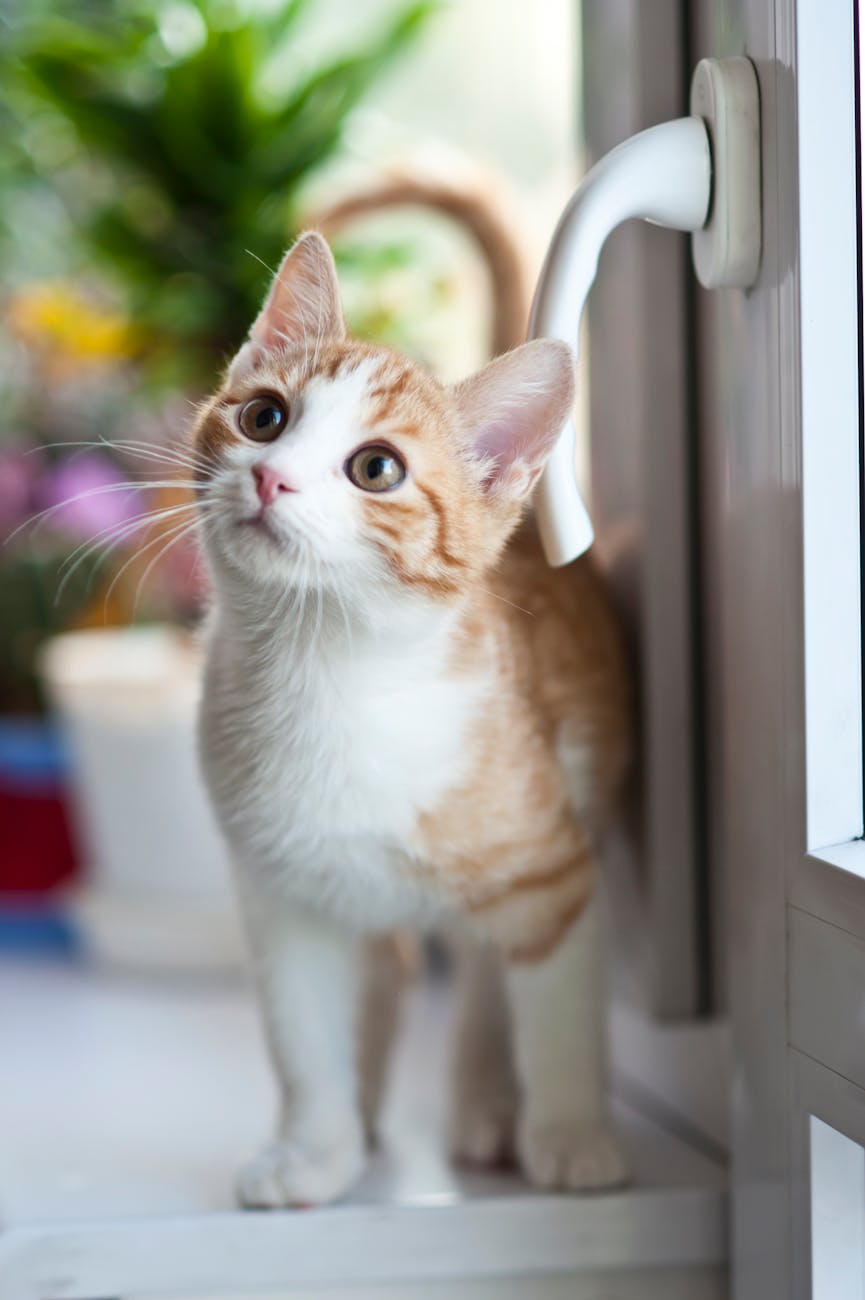
When it comes to cat food brands, one of the exciting debates among kitty parents is wet food versus dry food. Each has its charms, and understanding the pros and cons can help you make an informed choice for your feline friend.
Wet Cat Food: The Moist Marvels
Pros:
- Hydration Hero: Wet food contains about 70-80% moisture, keeping your cat hydrated—essential for those who might not drink enough water.
- Palatable Pleasure: Cats often find the aroma and flavor of wet food irresistible. If your fur baby is a picky eater, wet food could be the answer.
Cons:
- Pricey Picks: Generally, wet cat food brands can be more expensive than dry options, especially for top-tier brands.
- Storage Struggles: Once opened, wet food spoils quickly, requiring careful storage and consumption.
Dry Cat Food: The Crunchy Crunch
Pros:
- Convenience King: Easy to store, pour, and serve. Plus, dry food can stay fresh in the bowl longer!
- Dental Defense: Crunching down on kibble can help reduce tartar build-up and promote better dental health.
Cons:
- Less Moisture: With lower moisture content, dry food may lead to hydration issues if your cat doesn’t drink enough water.
- Less Flavor: Some cats may find dry food less appealing compared to canned counterparts.
Ultimately, the best choice depends on your cat’s preferences and health needs. Mixing both can also be a delicious solution!
Specialty Diets: Grain-Free, Limited Ingredient, and More
When it comes to cat food brands, specialty diets have rapidly gained popularity. But what does that mean for your feline friend? Let’s dive into the gourmet world of cat cuisine!
Here’s a quick breakdown of common specialty diets:
- Grain-Free:
- Beneficial for cats with food sensitivities or allergies.
- Mimics the natural diet—more protein, less filler!
- Limited Ingredient:
- Ideal for cats prone to allergies.
- Fewer ingredients mean easier digestion and monitoring for reactions.
- High-Protein/Formulated for Weight Management:
- Perfect for active cats who need extra protein.
- Helps maintain a healthy weight without sacrificing energy!
- Prescription Diets:
- Tailored for medical issues like kidney disease or diabetes.
- Always consult your vet before diving into this cat food rabbit hole!
Remember, not all cat food brands cater to specialty diets. Thus, selecting one that meets your cat’s unique needs is essential for their health and happiness. After all, a well-fed kitty is a purring bundle of joy!
The Importance of Ingredients in Cat Food
When it comes to cat food brands, ingredients are the unsung heroes of your feline’s diet. After all, you wouldn’t want your kitty feasting on mystery meat or questionable fillers, would you? Here’s how to decode the fine print:
- First ingredient matters: Look for high-quality proteins like chicken, fish, or turkey as the first ingredient. Remember, “meat by-products” doesn’t sound as appetizing as a nice grilled salmon.
- Grains vs. grain-free: Cats are obligate carnivores, but not all grains are bad. Some cat food brands offer grain-free options, which can be great, especially for sensitive tummies.
- Avoid additives: Steer clear of artificial colors, flavors, and preservatives. They might sound fancy, but they offer no nutritional benefits.
- Know your cat’s needs: Certain breeds or health conditions might require specific ingredients. Always check if a cat food brand caters to special dietary requirements.
In conclusion, a keen eye on ingredients can help you select the best cat food brands for your cherished feline, ensuring they remain healthy and full of energy for their next grand adventure!
Common Myths About Cat Food
When it comes to feeding your feline friend, misinformation runs rampant. Let’s clear the air around some common cat food myths, shall we? After all, armed with the right knowledge, you can choose among the best cat food brands like a pro!
- Myth 1: Cats are obligate carnivores, and they can only thrive on meat.
Truth: While cats do require a meat-rich diet, many cat food brands offer balanced formulas that include essential nutrients from plants. - Myth 2: Grain-free means healthier.
Truth: Not all cats need grain-free diets. Many trusted cat food brands create wholesome options that include grains for fiber and nutrients. - Myth 3: Cats will self-regulate their food intake.
Truth: This isn’t as true as you’d hope. Regularly portion your kitty’s meals to avoid overfeeding, regardless of the cat food brand you select.
By debunking these myths, you’re better equipped to make informed choices for your cat’s diet. Remember, the right food keeps your furry companion purring with delight!
Common Myths About Cat Food
Ah, the world of cat food brands—it’s like entering a mythical realm where one misstep can lead to calamity (or an extremely fussy feline). Let’s debunk some of the most prevalent myths surrounding cat food to help you navigate this treacherous territory with confidence.
Myth-Busting 101:
- Cats Are Carnivores, So They Can Only Eat Meat:
- False! While cats thrive on protein, they also benefit from a balanced diet including fibers and certain carbs.
- All Cat Food Brands Are Created Equal:
- Not quite. Check ingredients! Premium brands often contain higher-quality meat sources and fewer fillers.
- Wet Food Is Always Better Than Dry:
- Depends on your cat. Each format has its benefits—wet food hydrates, while dry helps with dental health. Find what works best!
- Cats Can’t Eat Vegetables:
- Myth alert! Many cats enjoy veggies. Just make sure they’re safe, like cooked carrots or peas.
Stay vigilant, cat owners! Understanding these myths can transform you into a savvy shopper, ensuring your furry friend gets only the best from the fantastic array of cat food brands out there. Happy feeding!
Tips for Transitioning Your Cat to a New Food
Transitioning your feline friend to a new diet can feel like introducing a new roommate—will they get along? Let’s make sure your tide turns a smooth one with these handy tips for switching cat food brands.
- Go Slow: Gradual changes are key! Start by mixing 25% of the new food with 75% of the old food. Over a week, slowly increase the new food ratio.
- Watch for Reactions: Keep an eye on your kitty’s reaction. If they don’t seem to agree with the new cat food brands (think upset stomachs or complaints in the litter box), slow down and adjust the transition time.
- Stay Consistent: Feed them at the same times each day to create a routine. Cats love predictability, and it’ll build their trust in you.
- Use Enticements: If your cat is being fussy, sprinkle a touch of their old food on top of the new kibble to make it more appealing.
In short, your cat might just need a little extra love and patience when adapting to those new cat food brands!
Finding the Right Food for Your Cat’s Life Stage
Choosing the right cat food brands is like finding the perfect pair of shoes for a cat—vital for comfort and performance. Cats, much like humans, have different nutritional needs at various life stages. Here’s a handy guide to keep your feline fabulous at every age:
- Kittens (0-12 months)
- Look for high protein and calories for growth.
- Recommended cat food brands: Royal Canin, Hill’s Science Diet.
- Adults (1-7 years)
- Balanced diet with moderate protein and fat.
- Top choices: Purina Pro Plan, Blue Buffalo.
- Seniors (7+ years)
- Special formulas to support joint health and digestion.
- Best options: Nutro, Wellness CORE.
Quick Tips:
- Transition gradually to prevent tummy troubles.
- Observe your cat’s reaction—every feline has a personality and palate of its own!
Remember, no one food fits all. Tailoring your choice from popular cat food brands to your cat’s life stage ensures that they live their best, sassiest life!
Frequently Asked Questions
What are the top cat food brands I should consider?
When it comes to pampering your feline friend, look no further than brands like Royal Canin, Hill’s Science Diet, and Blue Buffalo. These brands have stood the test of time and have the purring testimonials of countless happy cats. They cater to various dietary needs, from age-specific formulas to those addressing sensitivities. Remember, every cat has unique tastes and needs, so taste-testing is a must! Just make sure to watch for that satisfied tail swish.
Is grain-free cat food better for my cat?
Grain-free cat food has gained popularity, with many owners believing it’s the holy grail of feline nutrition. While some cats may thrive on grain-free diets due to specific dietary sensitivities, it’s essential to remember that grains can be a healthy part of a cat’s diet. Always consult with a veterinarian before making any drastic changes. After all, your cat may simply prefer to live on a diet of tuna and catnip snacks!
How do I know if a cat food brand is high quality?
Ah, the quality question! Look for brands that list real meat as the first ingredient, as if it were the star of a cat food blockbuster. Also, check for endorsements from veterinary nutritionists and make sure it includes essential nutrients. Avoid brands with mystery meat byproducts – you don’t want to feed your furball something you can’t pronounce! Quality assurance seals and good reviews from fellow cat lovers can also be indicators of a top-notch product.
Should I choose wet or dry cat food?
This is the classic cat food conundrum! Wet food can be a splashing success for hydration and picky eaters, while dry food often helps with dental health. A balanced diet can include both; mix it up like a cat café menu! Just keep an eye on the calorie counts, as cats can pack on the pounds faster than you can say ‘catnip!’ Either way, your cat will appreciate your thoughtful feeding tactics – even if they just want to knock the bowl off the table.


